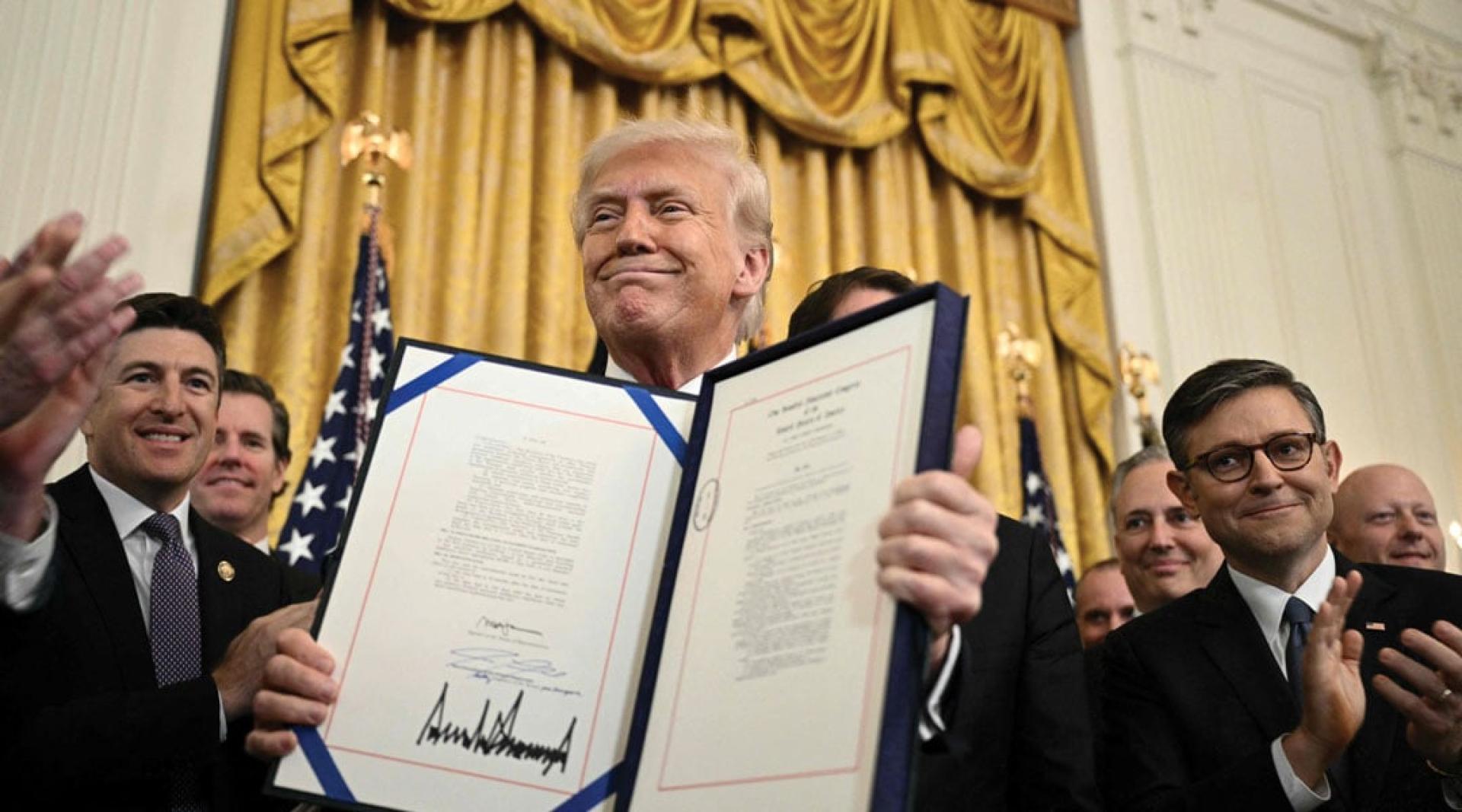On the 18th, U.S. President Trump signed a stablecoin regulatory bill, marking a major victory for the U.S. digital asset industry.
This is the first federal-level stablecoin legislation in the United States, which will provide a regulatory framework for the issuance of payment stablecoins, supporting asset reserves, and regulatory enforcement.
At the signing ceremony in the White House, Trump stated that the "Genius Act" is "a major step toward consolidating America's leading position in global finance and crypto technology."
He said: "The Genius Act creates a clear and straightforward regulatory framework to establish and unleash the enormous potential of dollar-backed stablecoins. This may be the greatest revolution in financial technology since the advent of the Internet."
He pointed out that the "Genius Act" will "consolidate the dollar's status as the world's reserve currency." With the privacy, flexibility, and decentralization of cash, this revolution has the potential to greatly promote U.S. economic growth and enable billions of people to save and transfer funds in dollars.
According to the law, the Federal Reserve and the Office of the Comptroller of the Currency under the Treasury Department will be responsible for regulating stablecoins issued by large banks and non-bank institutions, respectively. The issuance of payment stablecoins must be backed by at least a 1:1 reserve of assets, which can include U.S. dollars, demand deposits, U.S. Treasury bonds, funds obtained from repurchase agreements, reverse repurchase agreements, securities issued by investment companies, and other liquid assets issued by the federal government. After meeting technical and regulatory requirements, foreign payment stablecoins can be bought, sold, and used in the United States.
The law also requires the Secretary of the Treasury to lead research on non-payment stablecoins and submit a report to Congress within one year of the law’s implementation. The Senate and House of Representatives passed the bill on June 17 and July 17, respectively, this year.
Stablecoins are designed as a medium between crypto assets and the traditional currency system, pegging their value to fiat currency in a one-to-one manner and being supported by relatively safe assets.
The Bank for International Settlements once stated in its annual economic report that stablecoins have three major shortcomings: first, the lack of central bank endorsement; second, insufficient safeguards against illegal use; and third, the lack of funding flexibility for creating loans.
